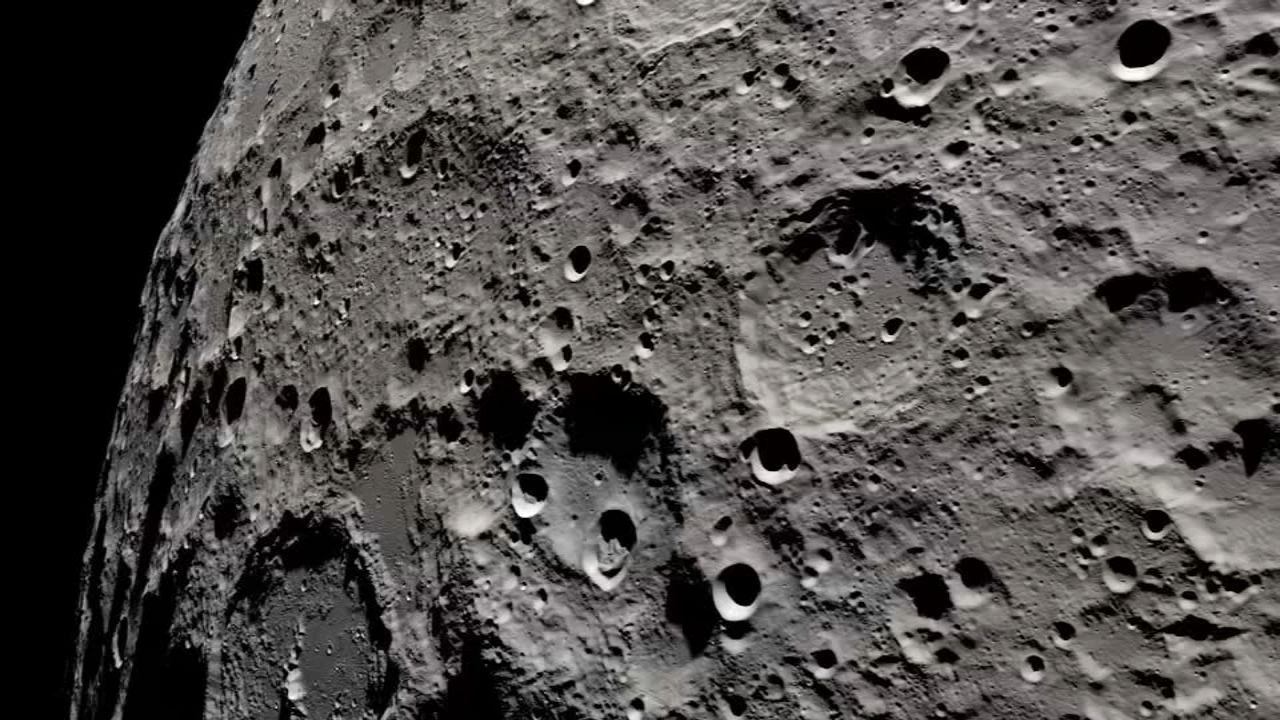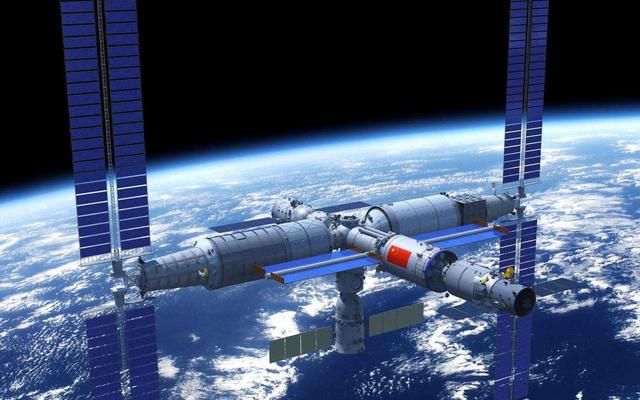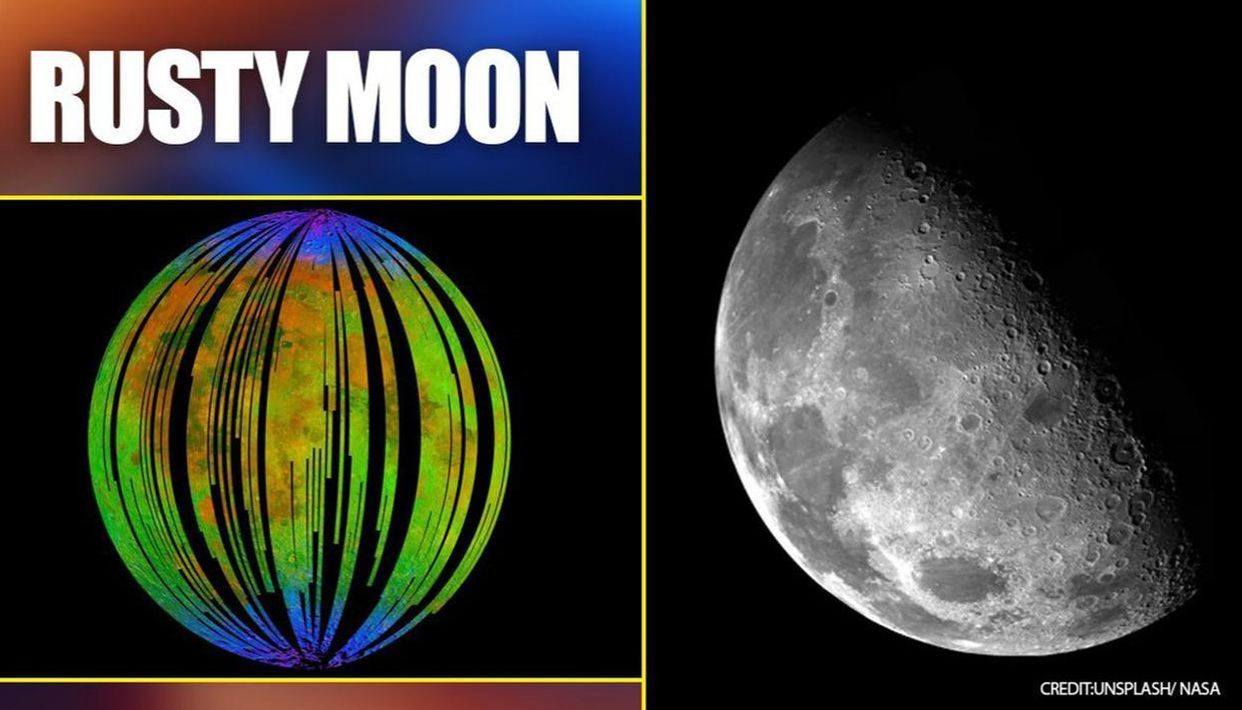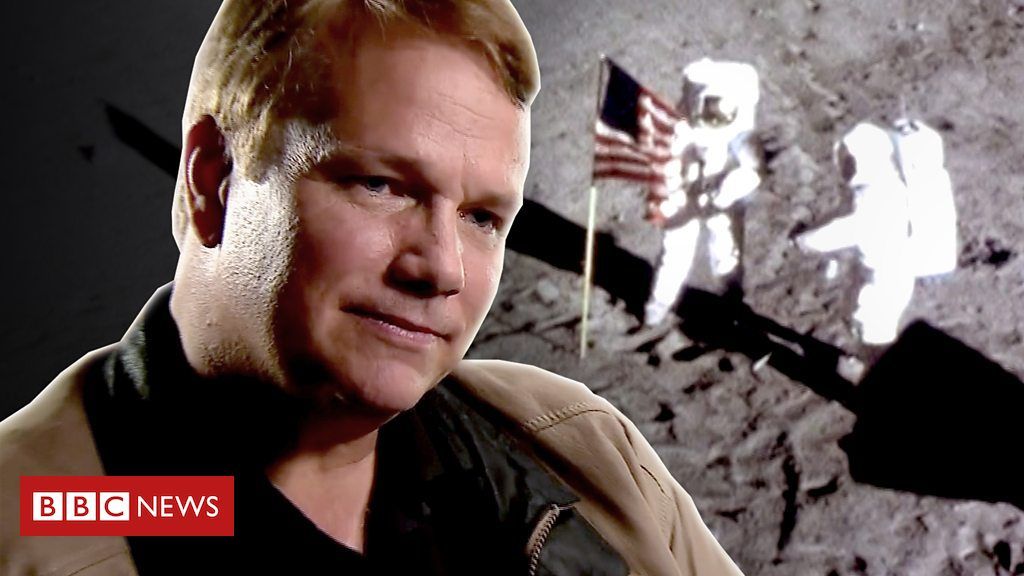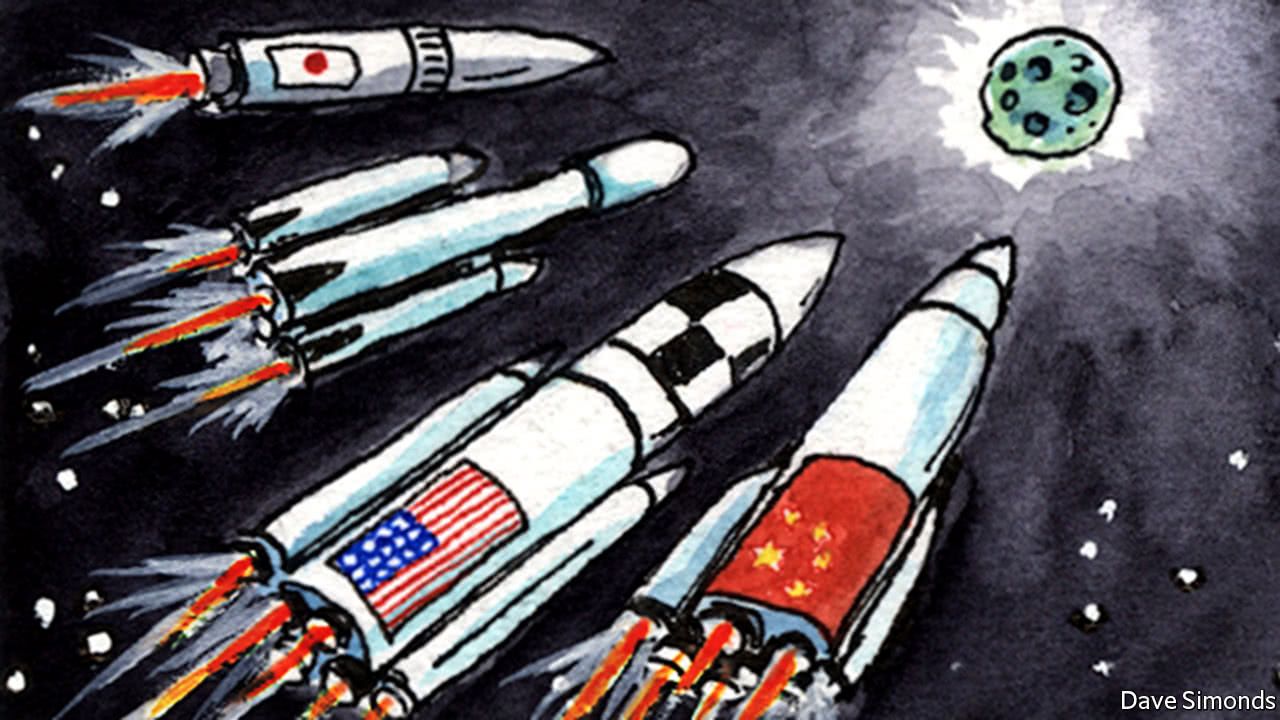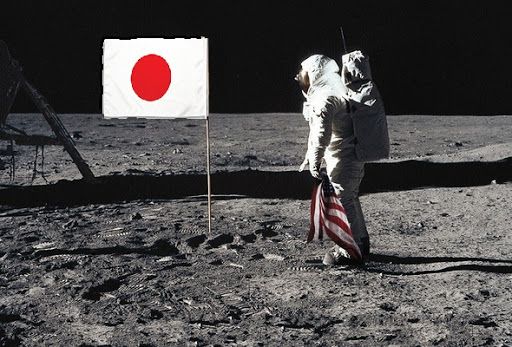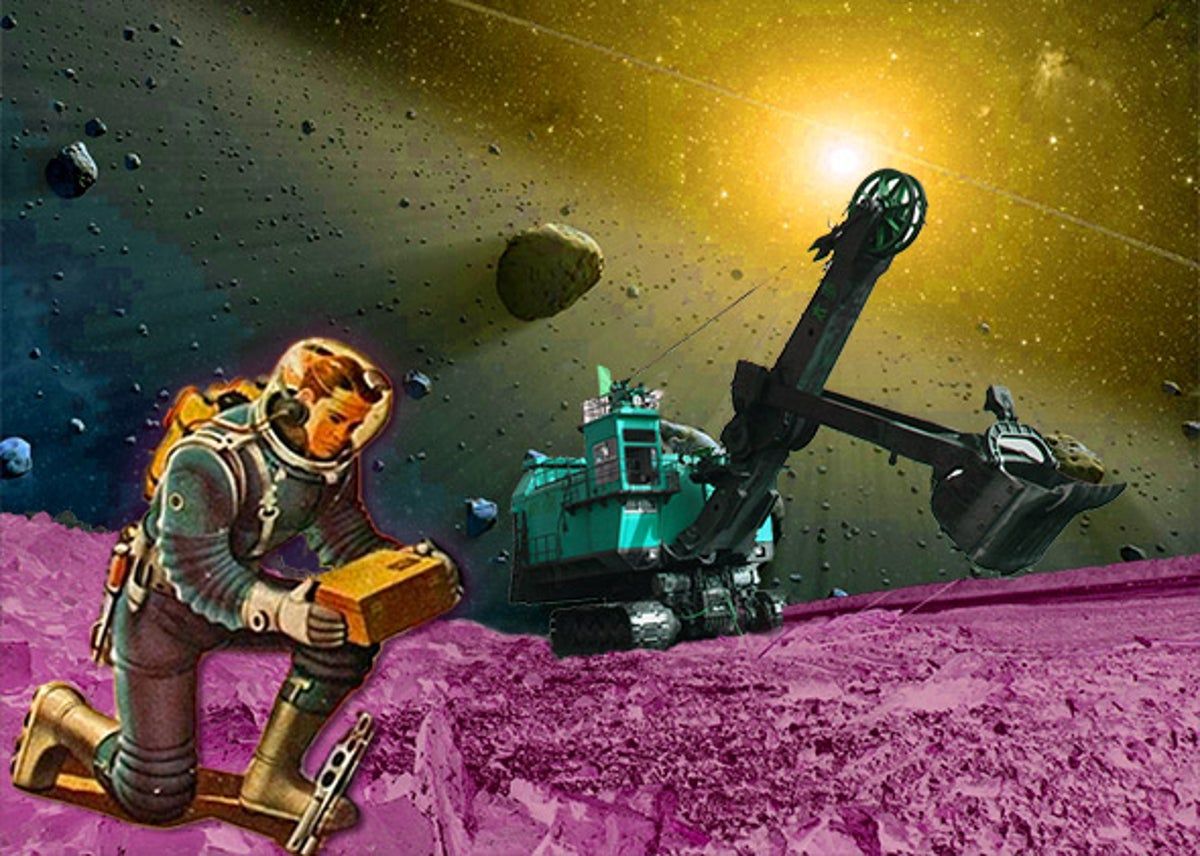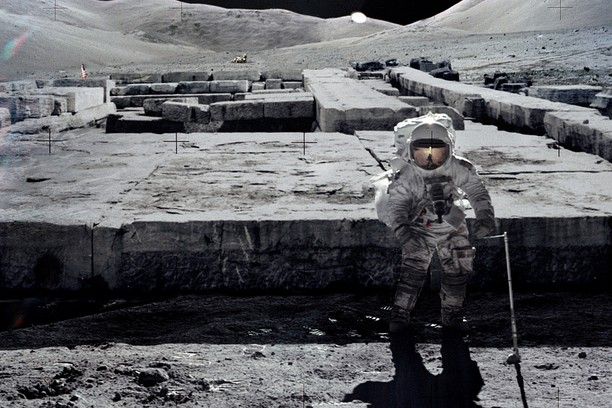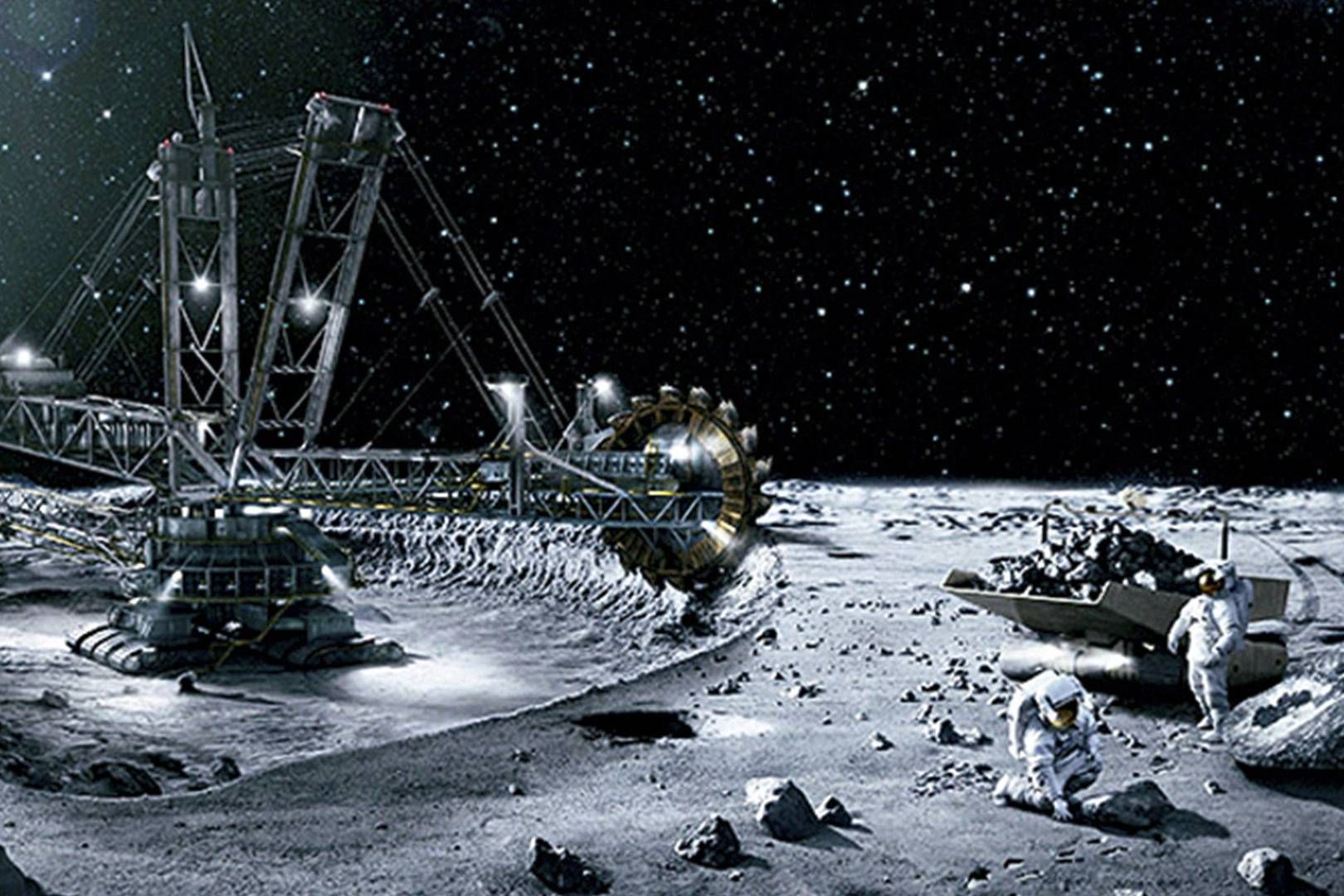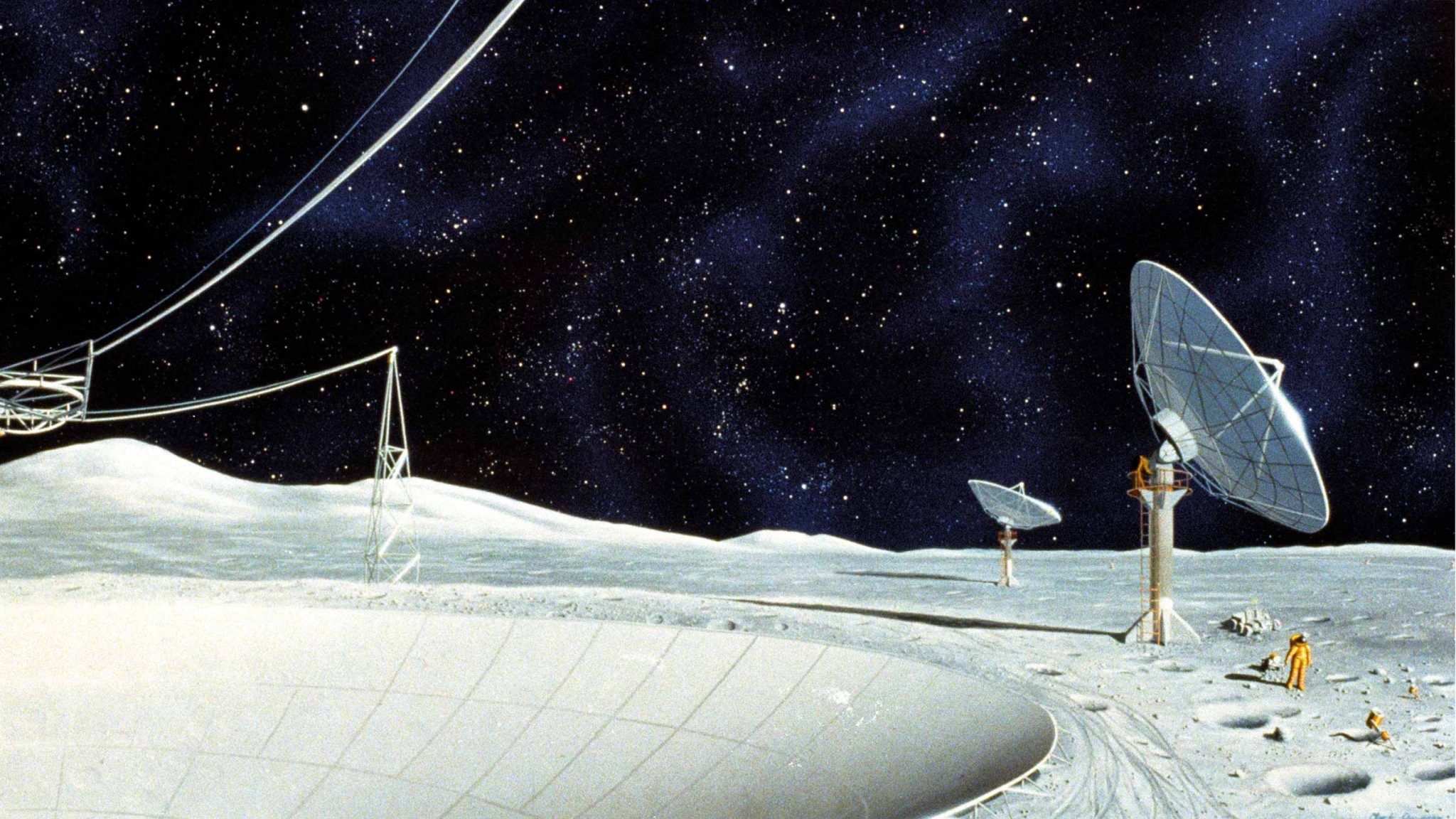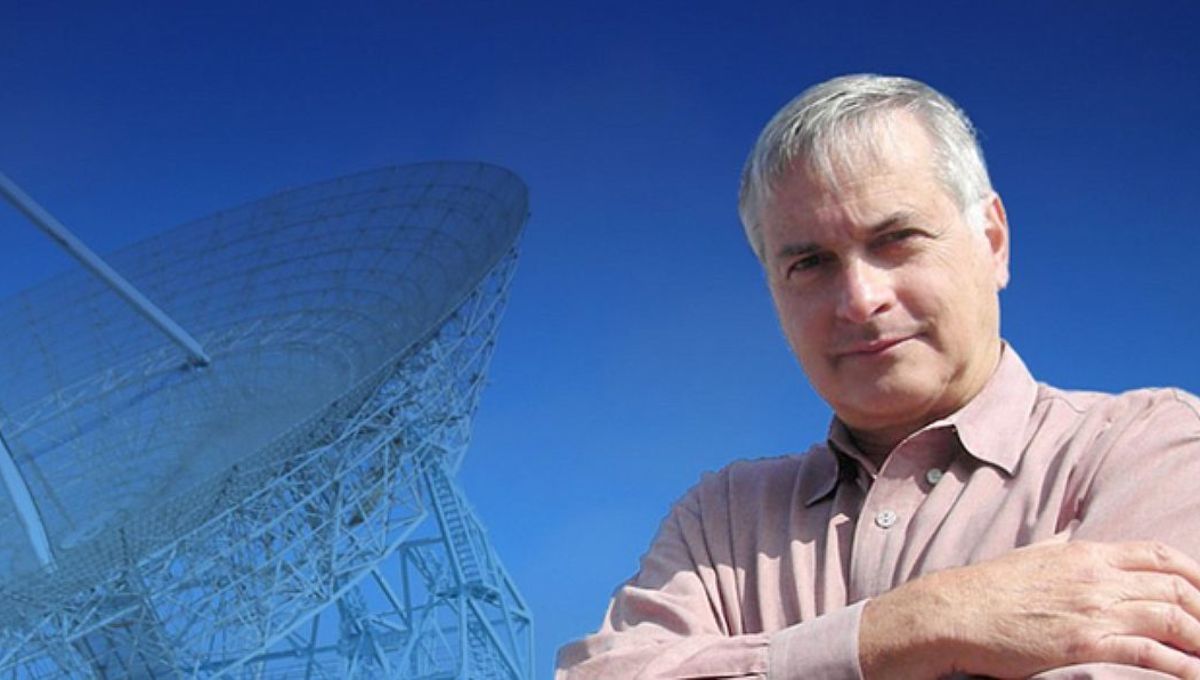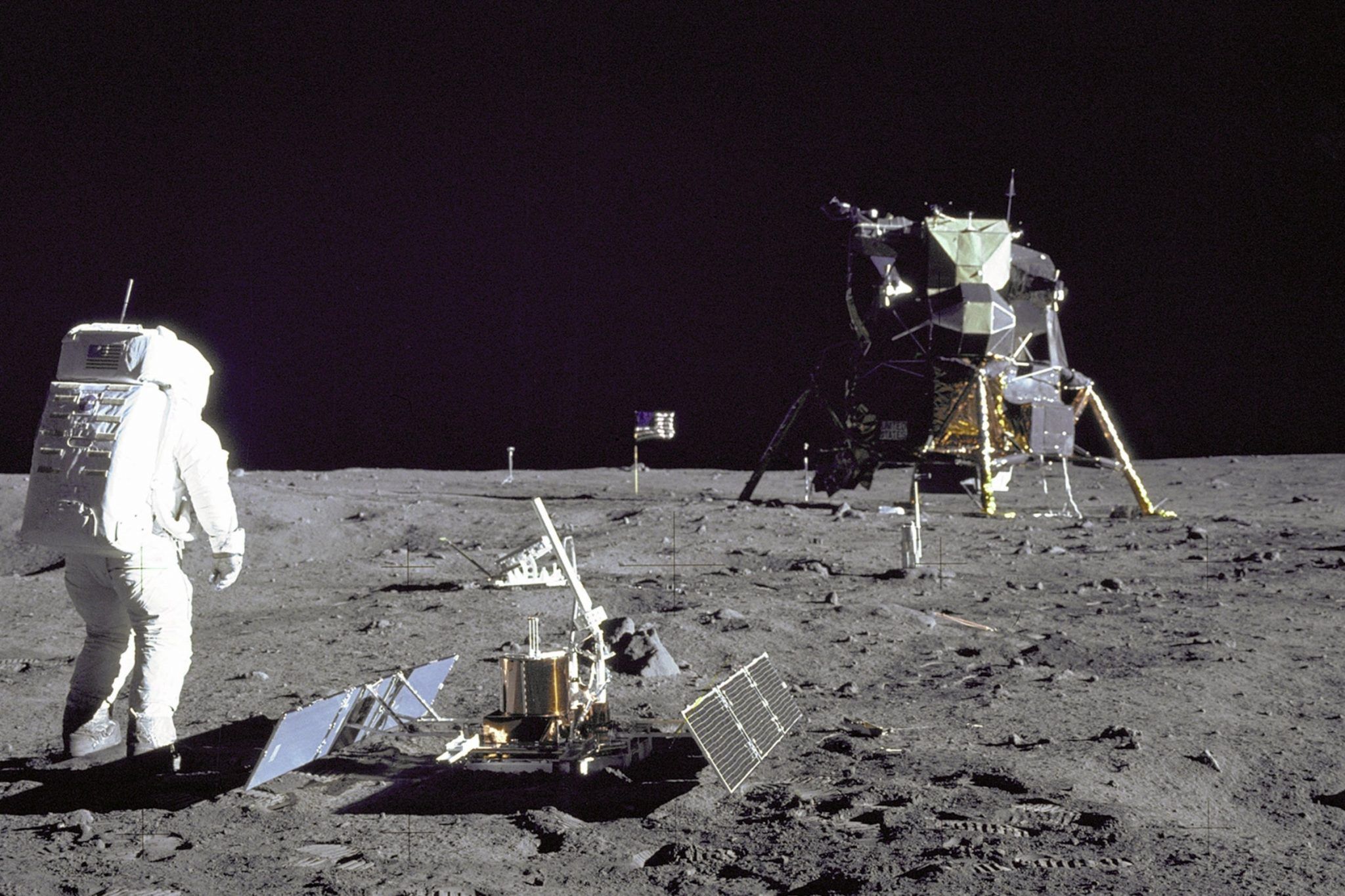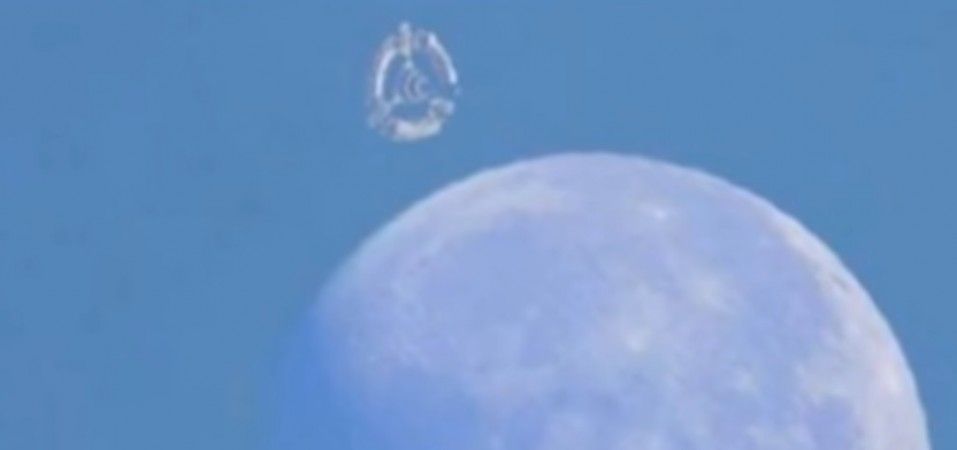When Will the First Child be Born in Space?
May 31, 2021 (explica.co)
• In the 2017 film “A Space Between Us”, actor Asa Butterfield plays the first human being born outside of Earth – on Mars actually – after his astronaut mother dies in childbirth on the first manned mission to the red planet. In real life, the last manned trip to the Moon was back in the 1970s. Today, humans are once again poised to return to our lunar satellite, and beyond. NASA’s Artemis missions propose the construction of settlements on the Moon. But there are currently rules to prevent space pregnancies from happening. So when might we see the first off-world birth of a human baby?
• Chris Impey, a professor of astronomy at the University of Arizona, says for those first extraterrestrial babies to be born, it is first important to know how the effects of cosmic radiation and low gravity might affect male and female reproductivity, gestation, childbirth and the ultimate health of the mother and the newborn. Professor Impey considers off-planet human births to be plausible, but he thinks it will take about 20 years before it can be done safely. So far, reproductive experiments have been carried out only with animals.
• In 1979, a group of Russian scientists launched a group of male and female rats into space and allowed them to copulate freely for 18 days. While no rat baby was born, it was found that the females had indeed ovulated and that two of them had become pregnant, but were aborted.
• In 2017, instead of launching animals into space to procreate, female mice were inseminated with mouse sperm that had been on the International Space Station for 288 days. While the genetic material was slightly damaged, pregnancy was achieved at a rate similar to that obtained with sperm samples that remained that same length of time on Earth. A year later, NASA launched a sample of human semen into space to analyze how the space environment might affect the sperm. No female has been inseminated with the sample sperm, but even if it were so, they would be born on Earth – not in space.
• So far, no human couple has had sex in space (that is known) and no pregnant woman has embarked on a space trip. But in 1991, two NASA astronauts (Mark Lee and Jan Davis) were married but kept it a secret because of an unwritten rule prohibiting married astronauts from traveling in space together. It was feared that engaging in sexual intercourse could endanger their health. When their secret came to light, the unwritten rule ended up being written. It is assumed that no one has had sexual intercourse in the International Space Station – or anywhere else outside of Earth.
• However, by 2027 a Dutch startup called SpaceLife Origin plans to open a luxury hotel orbiting the Earth in space. It will accommodate 280 clients and 112 crew members, and perhaps it could become the idyllic destination for a couple in love. This same company wants to send a pregnant woman 400 kilometers from Earth as a reproductive experiment. At this distance, it is still not too far for conditions to be very inhospitable, but it is far enough to give birth to the first extraterrestrial human. Of course, there are both ethical and medical impediments to overcome, and SpaceLife Origin has not made firm plans for the endeavor.
 Almost 50 years have passed since the last manned trip to the moon. Since then, many people
Almost 50 years have passed since the last manned trip to the moon. Since then, many people

have wondered why humans did not set foot on our satellite again. The reality is that during all this time they have been numerous space travel, aimed at getting to know the terrain better and making future missions safer for their protagonists. Now, with much already gained in that regard, the return of humans to the moon or even the first manned trip to mars, begin to materialize as a reality. Therefore, it is not surprising that we also begin to ask ourselves new questions. Like, for example, when will the first alien babies?
It sounds like science fiction, but since Neil Armstrong’s first step on selenite terrain we have seen more than enough the arguments of the Jules Verne novels they also come true.

Some projects, such as Artemis missions, from NASA, already propose the construction of settlements on the Moon for the future. It would be a matter of time before, if humans want to thrive there, the first babies are born. What is not clear is when that will happen. Although, with the data in hand, some speculations can be made, such as those recently narrated in The Conversation by the professor of Astronomy at the University of Arizona Chris Impey.
at the University of Arizona Chris Impey.
For those first extraterrestrial babies to be born, it is first important to know how it would affect the extreme environment of space, both to male and female reproductivity, as well as to gestation, childbirth and the health of the mother and the newborn.
The effects of cosmic radiation and low gravity. In fact, it has already been proven with some studies, although they are still very scarce. So far, no human couple has had sex in space (that is known) and no pregnant woman has embarked on a space trip.
Therefore, these types of experiments have been carried out only with animals. One of the first took place in 1979, when a group of Russian scientists launched a group of male and female rats, to copulate freely for 18 days. Of those relationships no baby was born, although it was found that the females had ovulated and that even two of them had become pregnant, but aborted.
FAIR USE NOTICE: This page contains copyrighted material the use of which has not been specifically authorized by the copyright owner. ExoNews.org distributes this material for the purpose of news reporting, educational research, comment and criticism, constituting Fair Use under 17 U.S.C § 107. Please contact the Editor at ExoNews with any copyright issue.

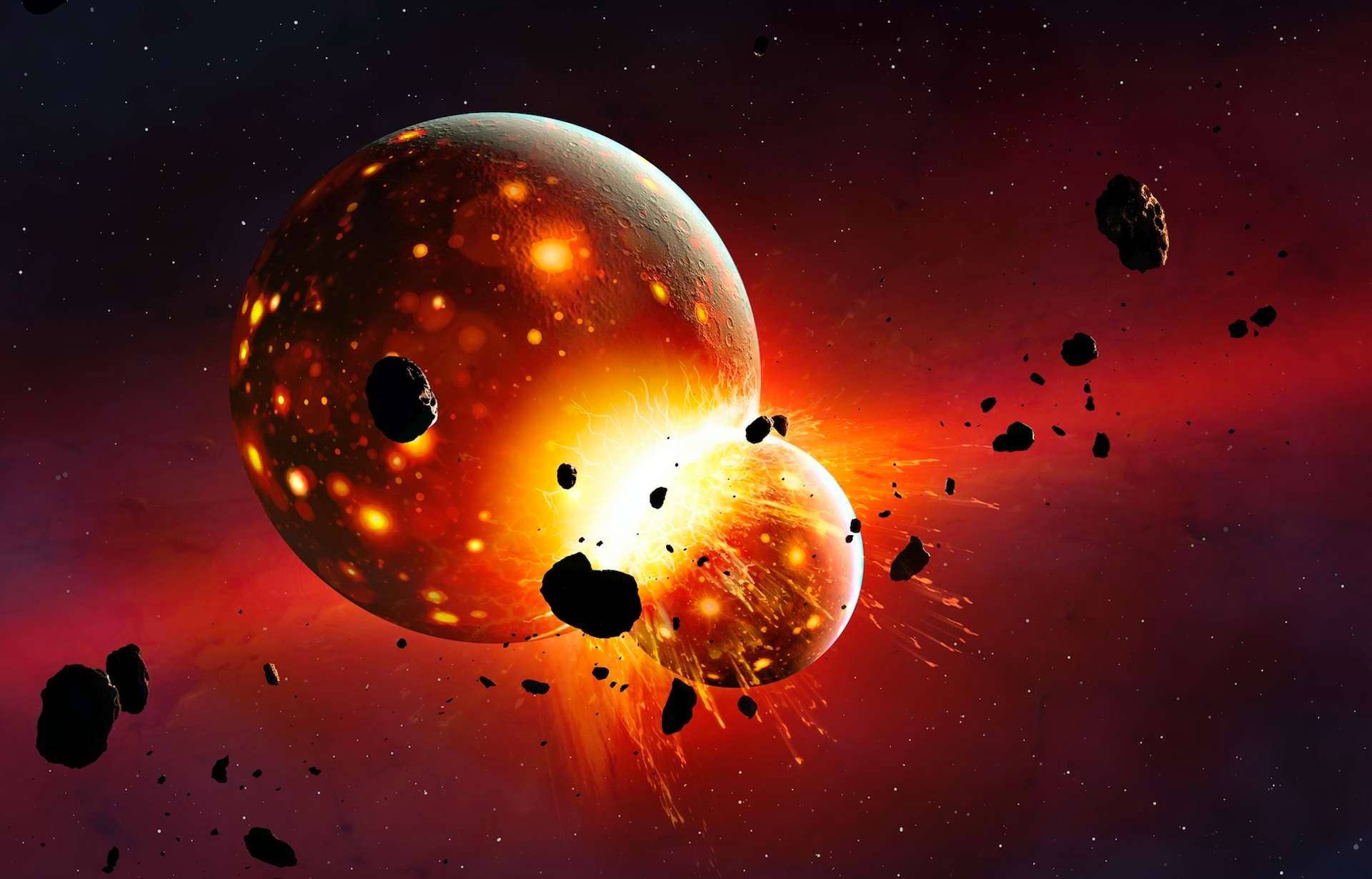

 remnants of an alien world called Theia that violently collided with our infant planet in an ancient impact that created the Moon.
remnants of an alien world called Theia that violently collided with our infant planet in an ancient impact that created the Moon.


 Yesterday, the lander of the Chinese probe “Chang’e-5” successfully separated from the orbital module and started landing on the Moon. It must collect and deliver samples of lunar soil to Earth. This is the next stage of an ambitious program, the ultimate goal of which is a permanent base on the satellite. Roscosmos and NASA are also planning “lunar cities.” About what will be the first human settlement outside of our planet is in the material.
Yesterday, the lander of the Chinese probe “Chang’e-5” successfully separated from the orbital module and started landing on the Moon. It must collect and deliver samples of lunar soil to Earth. This is the next stage of an ambitious program, the ultimate goal of which is a permanent base on the satellite. Roscosmos and NASA are also planning “lunar cities.” About what will be the first human settlement outside of our planet is in the material.
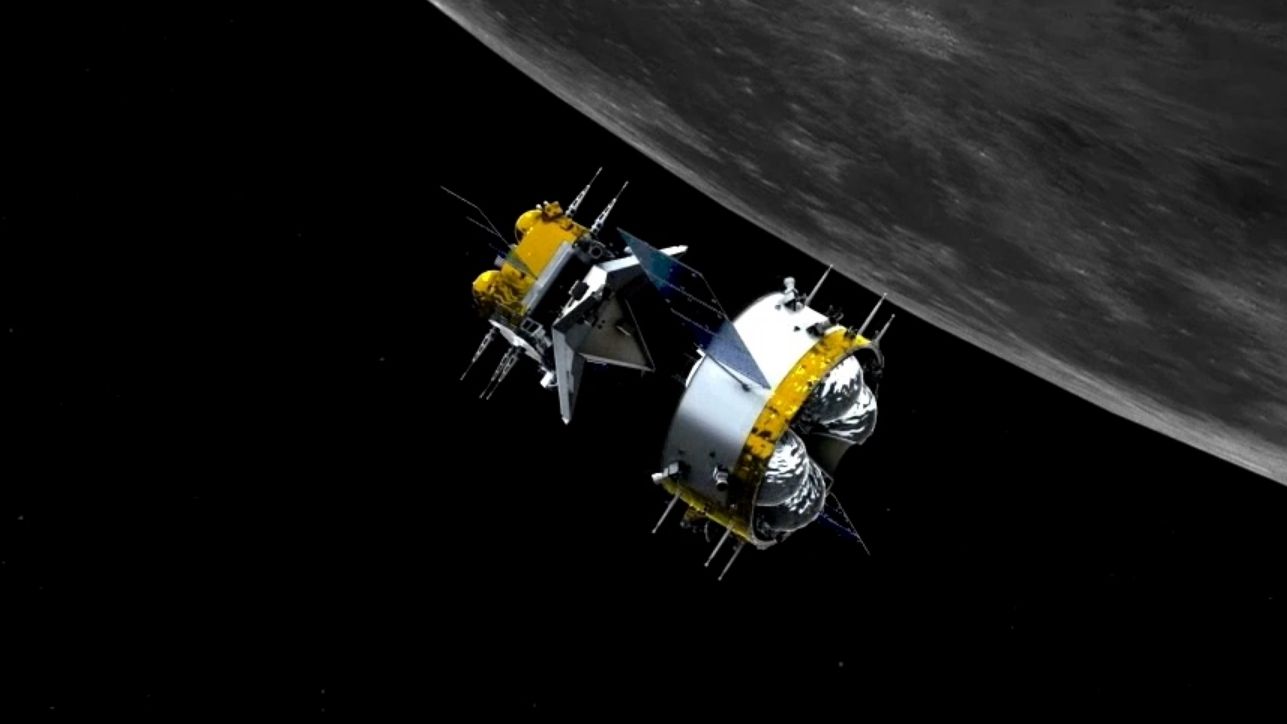


 Donald Trump set bold goals for space exploration during his time in office – from crewed missions to the Moon and Mars to a Space Force. By contrast, his successor Joe Biden has been relatively quiet on space policy. So how is space exploration likely to change going forward?
Donald Trump set bold goals for space exploration during his time in office – from crewed missions to the Moon and Mars to a Space Force. By contrast, his successor Joe Biden has been relatively quiet on space policy. So how is space exploration likely to change going forward?
 During the Trump administration, NASA also committed to the return of astronauts to the Moon in 2024 under the Artemis program. This is due for its first test launch (uncrewed) next year with Artemis-1. This builds on the Constellation program which was implemented by Republican president George W Bush in 2005 but was subsequently cancelled by Democratic president Barack Obama due to its high cost and difficulty.
During the Trump administration, NASA also committed to the return of astronauts to the Moon in 2024 under the Artemis program. This is due for its first test launch (uncrewed) next year with Artemis-1. This builds on the Constellation program which was implemented by Republican president George W Bush in 2005 but was subsequently cancelled by Democratic president Barack Obama due to its high cost and difficulty.
